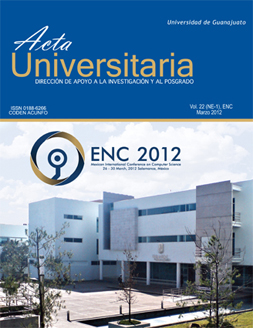Resumen
Dysarthria is a motor speech disorder due to weakness or poor coordination of the speechmuscles. This condition can be caused by a stroke, cerebral palsy, or by a traumatic braininjury. For Mexican people with this condition there are few, if any, assistive technologies to improve their social interaction skills. In this paper we present our advances towards the development of a communication interface for dysarthric speakers whose native language is Mexican Spanish. We propose a methodology that relies on (1) special design of a training normal-speech corpus with limited resources, (2) standard speaker adaptation, and (3) control of language model perplexity, to achieve high Automatic Speech Recognition (ASR) accuracy. The interface allows the user and therapist to perform tasks such as dynamic speaker adaptation, vocabulary adaptation, and text-to-speech (TTS) synthesis. Live tests were performed with a mildly dysarthric speaker, achieving accuracies of 93%-95% for spontaneous speech.

